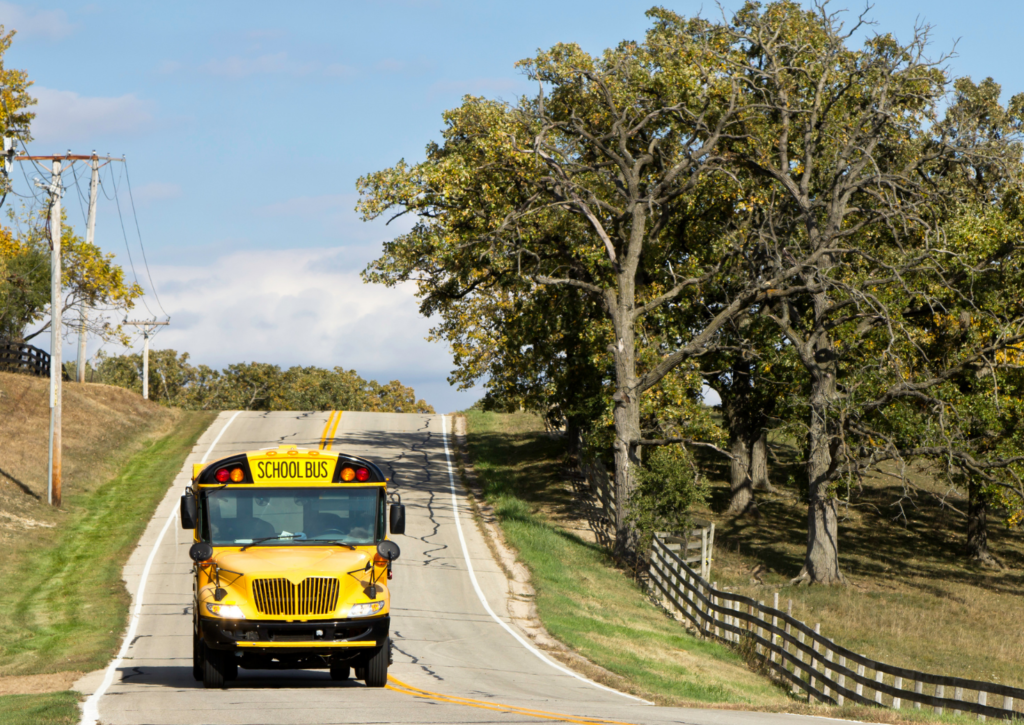
According to the Tennessee Rural Education Association, nearly half of all Tennessee school districts are in rural areas and educate about one in every three students. Despite these numbers, rural schools and students are often an afterthought in policy conversations and funding has followed that trend. A 2018-19 report from the Rural School and Community Trust revealed that rural districts in Tennessee are increasingly more reliant on local dollars than state funding and identified Tennessee as having the biggest state drop in rural districts’ ratio of state to local funding.
Given the challenges that rural districts face, it’s encouraging that Governor Lee expressed support for rural schools during his recent State of the State address. Additionally, the State’s funding formula review included a dedicated subcommittee focused on rural issues.
During six meetings held between November 2021 and January 2022, the Rural and Small District Subcommittee looked at the unique challenges that rural school districts face. Here’s a look at some of the topics they discussed, along with how funding reform might address those issues.
Rural Challenges
Diseconomies Of Scale. Economies of scale means the more of something you make, the less it costs to make each one. Smaller school districts may not be able to take advantage of economies of scale if they are far away from resources. Districts with students close together often save money on expenses, while sparser districts may not be able to take advantage of economies of scale if resources and students are farther away. In the new funding formula, funding weights should reflect that educational services — transportation, nutrition, and other vital resources — cost more per student in remote areas.
Capital Deficiencies. Rural districts frequently struggle to compete on teacher and administrator salaries, which complicates their ability to recruit and retain staff. Additionally, these districts often have aging school buildings that need repairs but may lack the tax base to fund infrastructure projects. A robust rural weight with local spending flexibility would begin to address these issues.
Fiscal Capacity. The state’s current funding formula, the Basic Education Program (BEP), requires a local match for districts to receive state contributions, but it is often challenging for rural counties to raise revenue. Additionally, state support for district capital costs doesn’t consider rurality. Low fiscal capacity constrains rural districts’ ability to provide high-quality education. By designing a funding formula that takes local fiscal capacity into account, we can ensure state dollars go where they are most needed.
Sparsity Weight. Thirty-four states provide additional funding for rural schools. While, rural communities are not a monolith, they often face similar challenges that require additional funding. Rural districts need to be identified for increased funding and given a sliding-scale sparsity weight based on their number of pupils per square mile.
By including a robust rural weight in the new funding formula, we can prioritize the needs of some of our most forgotten students. Educators and districts in rural communities should be able to focus on providing their students with an excellent education, not crowdsourcing funds to address essential student needs. We can and must do more to support rural schools and the unique challenges they face.
To learn more about this issue, visit The Education Trust in Tennessee’s Dollars and Sense page. Other resources include a funding guide for students in rural schools.
Michael Musgrove (@MWMusgrove) is the rural policy fellow for The Education Trust in Tennessee.
